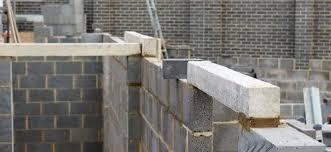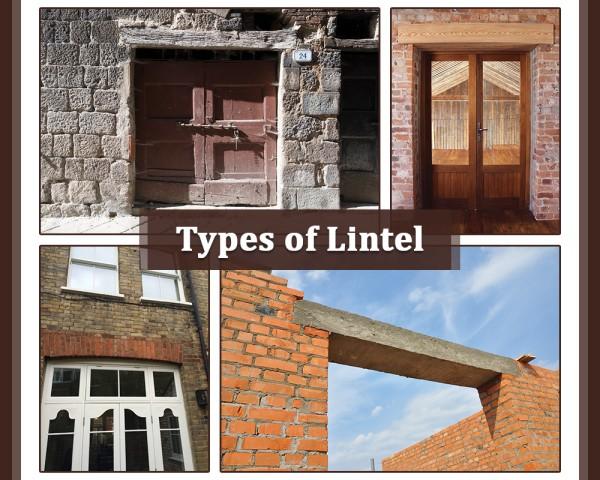




Table of Contents
- Introduction
- What is a Lintel Beam?
- Purpose of Lintel Beams
- Types of Lintel Beams
- Factors to Consider When Choosing a Lintel Beam
- Installation of Lintel Beams
- Maintenance and Inspection
- Conclusion
- Faq's
Introduction
Lintel beams are unsung heroes in the world of construction. These horizontal structural members play a crucial role in supporting the weight above openings like doors and windows, ensuring the stability and integrity of walls. Without them, the weight of the wall above would bear down directly on the opening, leading to cracking, collapse, and potential safety hazards. This comprehensive guide will delve into the world of lintel beams, covering their purpose, different types, factors to consider when choosing one, proper installation techniques, and essential maintenance tips. Whether you're a seasoned construction professional or a DIY enthusiast, this guide will provide you with the knowledge you need to select and install the right lintel beam for your project.
What is a Lintel Beam?
A lintel beam is a horizontal structural member placed across an opening in a wall or building to support the load from the structure above. It's essentially a load-bearing beam that bridges the gap created by the opening, transferring the weight to the adjacent walls or supports. They are typically made of materials like concrete, steel, timber, or brick, each offering different strength, durability, and aesthetic qualities. Lintel beams prevent the wall above from collapsing into the opening and distribute the weight evenly to the surrounding structure. A Lintel is also often referred to as a header beam.
Purpose of Lintel Beams
- Support the Load: The primary purpose is to support the weight of the wall or structure above openings (doors, windows, arches).
- Distribute Weight: Lintels distribute the load evenly to the walls or columns on either side of the opening, preventing concentrated stress.
- Prevent Cracking and Collapse: By providing structural support, lintels prevent the wall above the opening from cracking, crumbling, or collapsing.
- Maintain Structural Integrity: They ensure the overall structural integrity and stability of the building.
- Defining the Opening: Lintels create a clean, defined edge for the opening, providing a finished look.
 Purpose of Lintel Beams,Daily Civil
Purpose of Lintel Beams,Daily Civil
Types of Lintel Beams
- Reinforced Concrete Lintel: Commonly used for its strength and durability.
- Steel Lintel: Provides high load-bearing capacity and is often used in heavy-duty applications.
- Wooden Lintel: Suitable for lightweight structures, typically seen in residential buildings.
- Brick Lintel: Made from multiple bricks, offering a traditional look while providing support.
 Types Of Lintel Beams, Gharpedia
Types Of Lintel Beams, Gharpedia
Factors to Consider When Choosing a Lintel Beam
- Load Capacity: Determine the weight that the lintel must support.
- Span Length: Choose a lintel appropriate for the width of the opening.
- Material: Consider the environmental factors and aesthetic requirements.
- Building Codes: Ensure compliance with local regulations and standards.
Installation of Lintel Beams
- Preparation: Ensure the opening is ready and that weight above the opening is accounted for.
- Placement: Position the lintel on the supports on either side of the opening.
- Securing: Fix the lintel using appropriate fasteners or concrete mix.
- Reinforcement: For concrete lintels, add shims or additional reinforcement if necessary.
Maintenance and Inspection
Regular inspection of lintel beams is crucial to detect signs of stress, cracks, or corrosion. Maintenance may include painting steel lintels to prevent rust, checking concrete for spalling, and ensuring that wooden lintels are free from moisture and pests.
Conclusion
Lintel beams play a vital role in construction by providing support for openings and ensuring the stability of structures. Understanding their types, purposes, and installation methods helps in making informed decisions for building projects.
explore further
Latest from Contemporary ideas
More from Innovations
Resources
Dwello, for every home buyer, is a way to go from 'I feel' to 'I know', at no extra cost.



